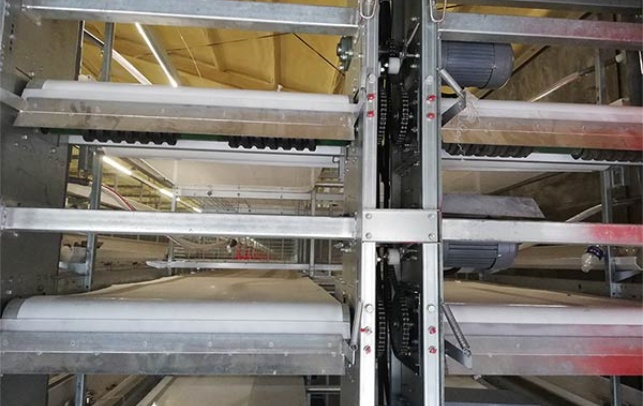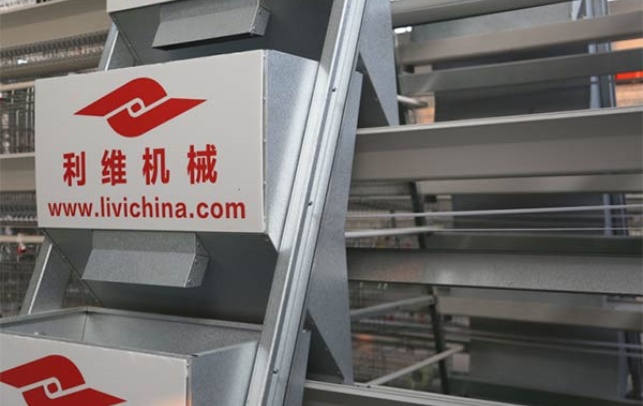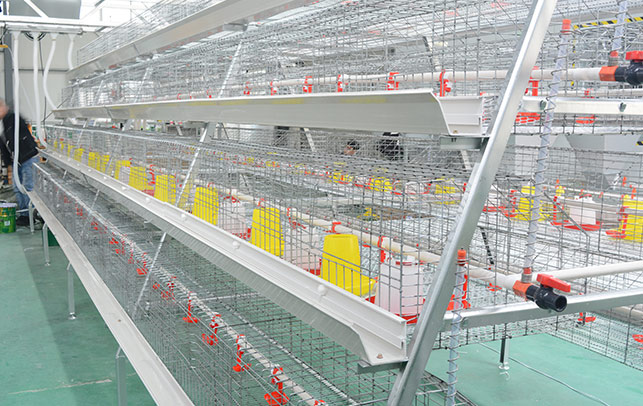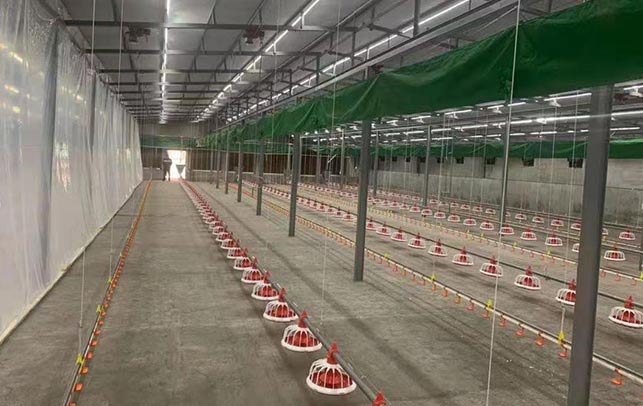Philippine layer house design enables efficient poultry farming
Time : 2024-05-24
Designing a layer house in the Philippines requires careful consideration of various factors to ensure the well-being of the birds and the efficiency of the poultry farming operation. In this article, we will explore the key aspects of farm design in the Philippines, focusing on the optimal layout and features of a layer house.
Farm Design in the Philippines:
The Philippines has an advanced poultry industry, with a growing demand for eggs and poultry products. To meet this demand sustainably, poultry farmers must pay attention to the design of their layer houses. A well-designed layer house not only provides a comfortable environment for the birds but also contributes to higher productivity and profitability.
Climate Considerations:
One of the most critical factors to consider in farm design in the Philippines is the tropical climate. The country experiences high temperatures and humidity levels, which can impact the health and performance of the birds. To mitigate these challenges, the layer house should be equipped with proper ventilation systems, cooling mechanisms, and insulation to maintain optimal temperature and air quality.
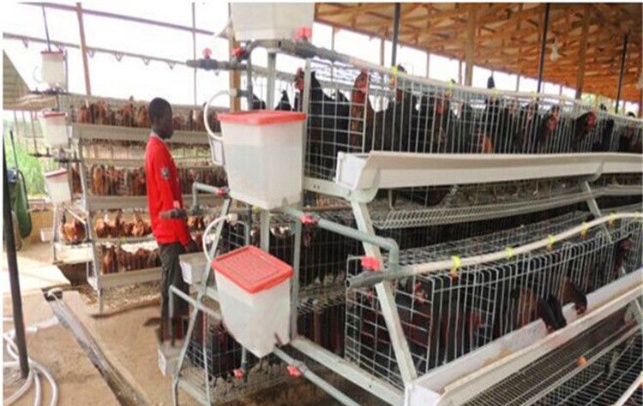
Layout and Space Utilization:
Efficient space utilization is key to maximizing the productivity of a layer house. The layout should allow for easy access for feeding, watering, and egg collection while providing ample space for the birds to move around comfortably. Adequate spacing between cages or nesting areas is essential to prevent overcrowding and reduce stress among the birds.
Additionally, incorporating natural light and proper lighting fixtures can help regulate the birds’ circadian rhythms and promote egg production. Natural ventilation should also be prioritized to ensure good air circulation within the layer house.
Biosecurity Measures:
Biosecurity is crucial in poultry farming to prevent the spread of diseases and maintain the health of the flock. When designing a layer house in the Philippines, biosecurity measures should be integrated into the layout and operational practices. This includes implementing strict hygiene protocols, controlling access to the farm, and establishing quarantine areas for new birds.
Technology Integration:
Advancements in technology have revolutionized poultry farming, offering tools and systems to enhance efficiency and monitoring. Integrating automated feeding systems, egg collection systems, and environmental controls can streamline operations and reduce labor requirements. Investing in technology can also improve data collection and analysis, enabling farmers to make informed decisions to optimize production.
Conclusion:
Designing a layer house in the Philippines requires a holistic approach that considers the unique climatic conditions, space utilization, biosecurity measures, and technology integration. By prioritizing the well-being of the birds and the efficiency of the operation, poultry farmers can create a sustainable and profitable poultry farm.
As the demand for poultry products continues to rise in the Philippines, investing in a well-designed layer house is essential for meeting market demands, ensuring bird welfare, and maximizing productivity. By implementing best practices in farm design, poultry farmers can position themselves for success in the dynamic and competitive poultry industry of the Philippines.






